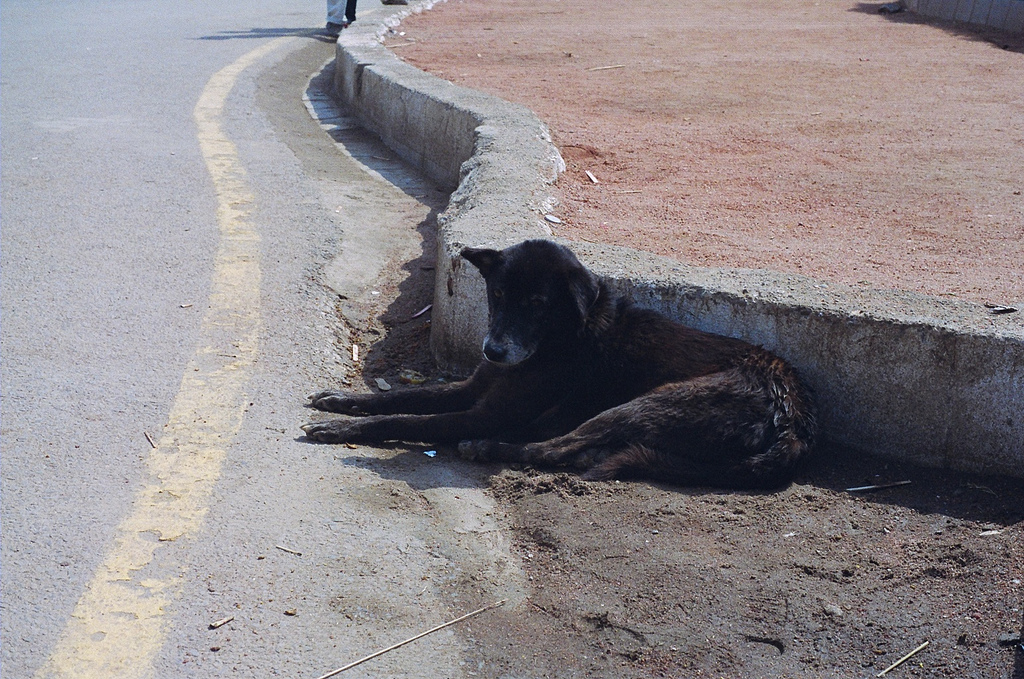Delhi’s stray dog crisis meets the courts: Can shelters curb rabies without sacrificing welfare?
The debate over Delhi’s stray dogs has moved decisively from neighbourhood WhatsApp groups to India’s highest court. On Monday, the Supreme Court ordered authorities across Delhi-NCR to remove all stray dogs from public spaces and relocate them to designated shelters, citing an “extremely grim” rise in dog bites and the risk of rabies, particularly for children. The court told civic bodies to begin immediately, stressing that there should be “no compromise” on making localities free of strays while the infrastructure is set up. It also warned of strict action against any obstruction and said sterilised dogs must not be released back on the streets—marking a sharp departure from past policy.
What the order demands—and how fast
The bench directed the creation of multiple shelters—each equipped for sterilisation and vaccination, staffed and monitored by CCTV—and asked Delhi-NCR to create capacity for at least 5,000 dogs within six to eight weeks as a first step. Authorities must also set up a helpline within a week to log dog-bite complaints and capture reported animals within hours, maintaining daily records and publishing data on rabies vaccine availability. The message was unambiguous: public safety comes first, and the court expects tangible progress before the next hearing.
The scale of the problem in Delhi
Delhi’s stray dog population is routinely estimated in the hundreds of thousands, with some municipal sources placing it between half a million and a million, underscoring the logistical challenge of large-scale roundups and long-term sheltering. Hospital-based estimates suggest the city sees nearly 2,000 dog-bite incidents a day, reflecting both the size of the free-roaming population and the uneven reach of sterilisation and vaccination campaigns. Officials say the immediate priority is to reduce bites and rabies risk while building sustainable systems to manage the population humanely.
The numbers behind the fear
Municipal data show that from January to June this year, Delhi recorded more than 35,000 animal-bite incidents, while the MCD reported 49 human rabies cases through July. During the same six-month period, authorities sterilised and vaccinated over 65,000 stray dogs—part of a ramp-up that has seen annual totals rise year-on-year but still fall short of comprehensive coverage. Those figures capture the city’s dual reality: a public-health imperative and a capacity gap that leaves both people and animals vulnerable.
National burden and what research says
India bears a disproportionate share of the global rabies toll. The World Health Organization estimates the country accounts for 36% of worldwide rabies deaths, historically pegged at 18,000–20,000 per year, with a large share involving children under 15. Newer national estimates are lower but still sobering: a recent multicentric assessment indicates roughly 5,700 human rabies deaths annually, reflecting gains in vaccination and post-exposure prophylaxis but leaving substantial room for improvement. Taken together, the data reinforce that mass dog vaccination and rapid access to human PEP remain the most cost-effective pillars of prevention.
Political response and an implementation promise
Delhi’s government has signalled it will execute the court’s directive “in a time-bound manner,” framing the plan as both comprehensive and humane. Officials say they will convene agencies, fast-track shelter creation, and keep animal welfare in view even as they prioritise public safety. That balancing act will be scrutinised closely, not least because past rules required sterilised dogs to be returned to their original locations; the court’s order now explicitly bars such releases.
Pushback from welfare groups
Animal welfare organisations argue the eight-week timeline is unrealistic, warning that most Indian cities lack even a fraction of the shelter capacity required. They urge authorities to strengthen existing animal birth control (ABC) programmes—sterilisation, vaccination, and better waste management—rather than pursue mass detentions that could overwhelm facilities and degrade welfare standards. While activists acknowledge the bite crisis, they caution that without sustained community engagement and municipal waste reforms, shelters alone may offer only temporary relief.
Lessons from other places—and India’s own roadmap
International experience suggests that sustained, large-scale vaccination and sterilisation of dogs, coupled with registration, education, and responsible ownership laws, are critical to long-term rabies control. Examples from the Netherlands to Bangkok and Bhutan show that consistent coverage—often cited around the 70% vaccination threshold—can suppress transmission and stabilise populations, though the pathways vary by context. India’s National Rabies Control Programme and the National Action Plan for Rabies Elimination (NAPRE) embrace a One Health approach, emphasising mass dog vaccination, improved surveillance, and universal access to human PEP, with a national goal of “Rabies Zero by 2030.” The court’s order thrusts Delhi into a real-time test of whether those strategies can be accelerated without sacrificing welfare.
The road ahead
Delhi now faces a compressed timeline to build shelter capacity, scale sterilisation and vaccination, and maintain public trust. Success will hinge on meticulous execution: humane capture protocols, adequate veterinary staffing, transparent data, and reliable vaccine supply for both dogs and people. If authorities can align rapid action with the long-term tenets of NAPRE—mass canine vaccination, robust ABC, and swift, universal access to PEP—Delhi could turn a flashpoint into a model. If not, the city risks trading one crisis for another, with crowded shelters, rising costs, and fraying public confidence. The stakes, measured in preventable deaths and daily fear, could not be higher.
Sources
Business Standard: SC order on stray dogs to be implemented with clear plan: Delhi CM — https://www.business-standard.com/india-news/sc-order-on-stray-dogs-to-be-implemented-with-clear-plan-delhi-cm-125081101495_1.html
Business Standard: SC orders relocation of all stray dogs in Delhi-NCR to designated shelters — https://www.business-standard.com/india-news/supreme-court-orders-shifting-stray-dogs-delhi-ncr-shelters-125081101522_1.html
Swarajya: Supreme Court Orders Immediate Removal Of Stray Dogs Across Delhi-NCR — https://swarajyamag.com/news-brief/supreme-court-orders-immediate-removal-of-stray-dogs-across-delhi-ncr
Yahoo News/AP: Delhi given eight weeks to round up hundreds of thousands of stray dogs — https://ca.news.yahoo.com/indias-top-court-directs-delhi-102713144.html
Hindustan Times: Highlights of SC decision to permanently relocate stray dogs — https://www.hindustantimes.com/india-news/highlights-of-sc-decision-to-permanently-relocate-stray-dogs-from-streets-to-shelters-101754918350045.html
The Independent: India’s top court orders stray dogs to be removed from New Delhi streets — https://www.independent.co.uk/news/new-delhi-supreme-court-india-rabies-infants-b2805389.html
NDTV: 49 Rabies Cases In Delhi This Year, Over 65,000 Stray Dogs Sterilised In 6 Months — https://www.ndtv.com/delhi-news/49-rabies-cases-in-delhi-this-year-over-65-000-stray-dogs-sterilised-in-6-months-8995200
WHO India: Rabies — https://www.who.int/india/health-topics/rabies
PEAH: Rabies in India: Current Scenario and Prospects of Elimination — https://www.peah.it/2025/03/14477/
Business Standard: Over 9 million animal bites and 5,700 rabies deaths in India yearly (ICMR study) — https://www.business-standard.com/health/over-9-million-animal-bites-rabies-deaths-india-icmr-study-125071400896_1.html
Business Standard: SC crackdown on stray dog menace—how other nations tackled the problem — https://www.business-standard.com/india-news/supreme-court-stray-dogs-delhi-problem-solution-india-china-netherlands-125081101183_1.html
NCDC (Govt. of India): Marching towards Rabies free India—Challenges and way forward — https://ncdc.mohfw.gov.in/wp-content/uploads/2025/05/NCDC-Quarterly-Journal-with-QR-Code-55-60.pdf







